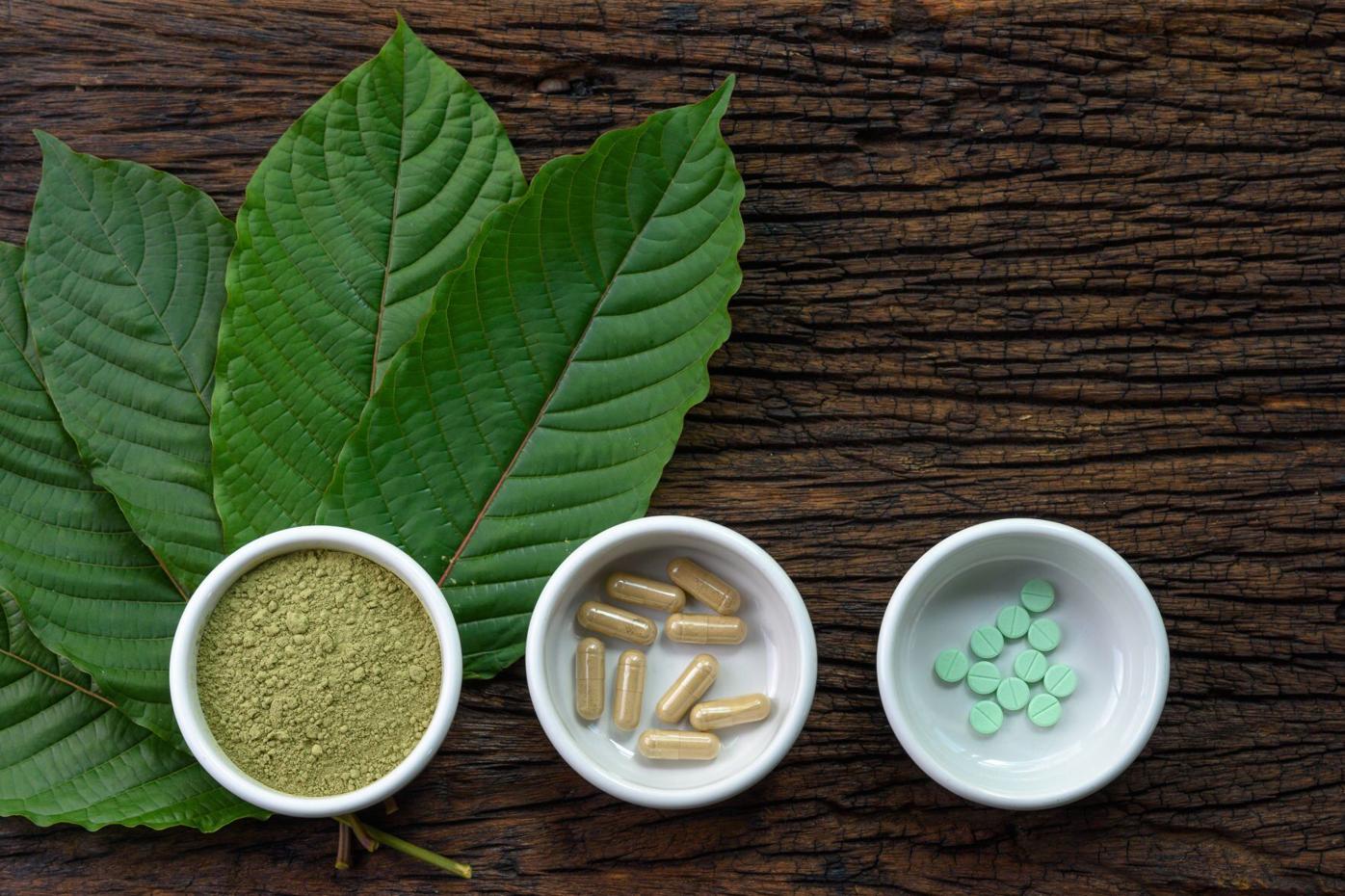Controversial studies spark debate on safety of 7OH kratom
Two studies examining the potential effects of a synthetic form of kratom have sparked excitement among advocates, who see the drug as a revolutionary treatment for certain mental health conditions. However, some industry experts are warning that the study’s findings may be more concerning than encouraging.
Kratom is a plant-based supplement with opioid-like properties that has been used for centuries in parts of Southeast Asia. More recently, an alkaloid of kratom known as 7-Hydroxymitragynine, or 7OH, has been marketed as a higher-potency alternative to kratom that has a more direct impact on the brain’s opioid receptors. Both compounds are legally sold in Colorado, but a recent bill passed by the state legislature has placed new regulations on the industry, including prohibiting the sale of any kratom product that contains 2% or more 7OH.
The Holistic Advocacy Recovery Trust, a 7OH advocacy organization, called the cap arbitrary and not based on any evidence.
“The science confirms the strong safety profile of 7-OH and slams the door closed on continued efforts by industry competitors to push 7-OH out of the marketplace with public smears, unfounded science, and government overreach,” HART said in a statement released following the 7OH studies. “The analysis of data available suggests that 7-OH has a significantly lower risk profile and is being used more safely than many other natural compounds currently on the market.”
‘A knockout of the park’
Dr. Michele Ross, an addiction researcher and drug policy reform activist who works with the group 7 Hope Alliance, highlighted the findings of a study conducted on beagles, which found no serious adverse effects of 7OH, even when the dogs were given doses far higher than what the average human would take.
“There’s actually zero deaths attributed to this compound, which is amazing,” Ross said. “When you’re considering that this is something with opioid-like qualities, to see that there’s zero deaths attributed to this is amazing. That’s a knockout of the park and very, very exciting for us to see.”
Ross said kratom has been detected in the bodies of several hundred overdose victims, though the majority of them had also consumed substances like fentanyl in addition to kratom. Kratom can also be harmful to the liver and kidneys, but according to Ross, preclinical studies on human cells have found that 7OH may not have the same potential for organ damage.
“It looks like the 7O alkaloid is actually as safe, if not safer and less toxic to cells than the mitrogynine, or the main compound that’s found in kratom leaf products,” she said. “So all of this together is like, okay, wow, we have a different narrative going on when you look at the science than when you’re just hearing the mass hysteria saying this is another opioid that’s going to harm people.”
‘Gas station heroin’
Matthew Lowe of the Global Kratom Coalition disagrees with Ross’ interpretation of the studies’ findings. He said he was “shocked but not surprised” that HART released the data. “It’s not what they’re saying it is; in fact, it’s saying the opposite,” he said. “It’s showing how unsafe these products are.”
Lowe criticized the way the studies were handled, pointing out that preclinical studies like these typically include peer review and publication in scientific journals — neither of which happened in these studies.
Lowe also questioned why safety studies were being conducted on a product that’s already being sold.
“Let’s just say this data did say the products were safe — which it doesn’t — it doesn’t matter, because there’s a process that you take when you bring a novel pain treatment or opioid use disorder drug to market, and that’s a long process governed by the FDA,” he exlplained. “It’s like bringing OxyContin to market, selling it in smoke shops while you apply for it to be a pharmaceutical, and then sell it as a pharmaceutical. It doesn’t work that way.”
Currently, kratom and 7OH are not scheduled under the federal Controlled Substances, meaning they’re not subject to the same regulations as drugs like marijuana or heroin. Instead, the FDA considers them “unapproved new dietary ingredients,” meaning they were introduced to the market after the 1994 passage of the Dietary Supplement Health and Education Act, which requires companies to prove products are safe before legally marketing them.
Advocates for 7OH like Ross argue that despite the regulatory ambiguity, 7OH can be extremely effective in treating everything from chronic pain to substance use disorder.
“This is a harm reduction tool and this is what we’re seeing with the millions of consumers that have been using it,” Ross said, adding that over 500 million doses of 7OH have been consumed since it was introduced to the market.
“I think that this could be a really good tool, especially if someone is, say, in chronic pain, but they struggle with opioid abuse and they want to avoid that but Tylenol isn’t good enough,” she added. “It helps serve that group of people that are just struggling and looking for something safer, and I think everyone deserves that, right?”
Lowe disagrees. Referring to 7OH as “gas station heroin,” he noted that the beagle study initially began with a 10 milligram dose, but that was reduced to one, two, three and four milligrams after the dogs experienced negative side effects. Even at those dosages, Lowe said the dogs experienced drooling and blood in their stool.
Four milligrams of 7OH for a beagle is the equivalent of 32 milligrams for a human, he said, adding that there are currently 50mg doses on the market.
The study’s finding that 7OH is safe up to ten times the usual human dose is “simply made up,” Lowe said. “The studies haven’t been published, they haven’t been peer-reviewed; they’re almost half-finished, and they simply do not point to safety.”





